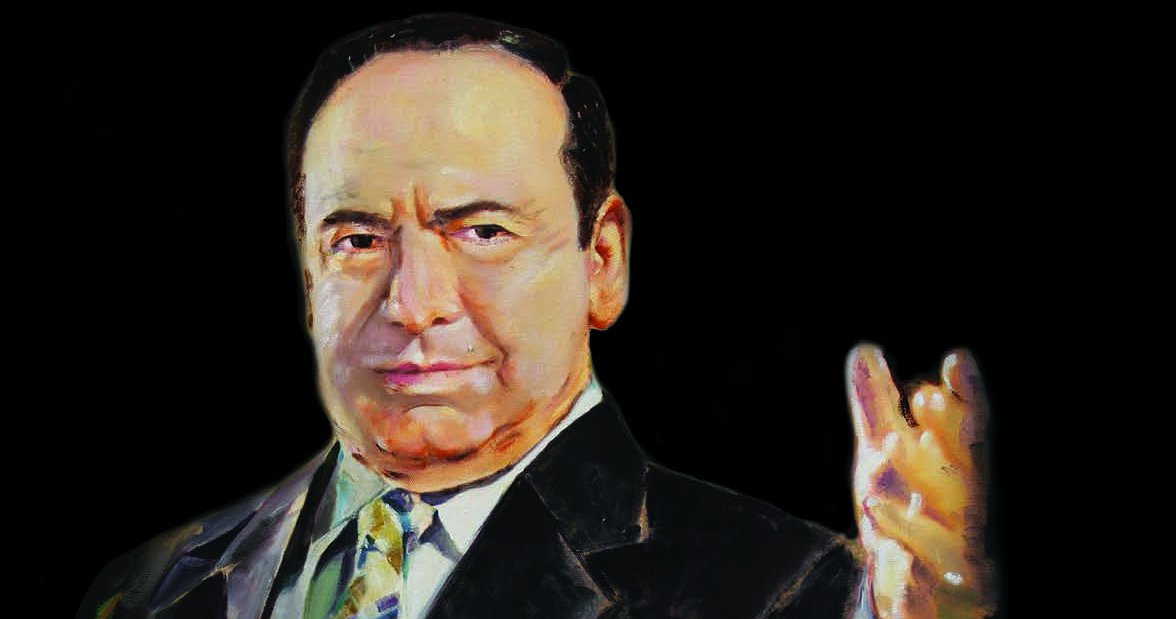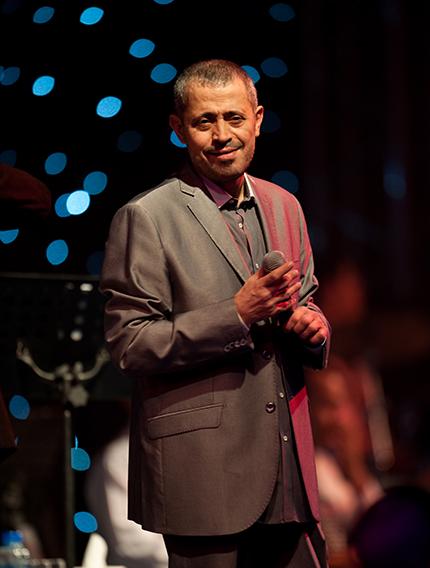At one time, Syria was the cultural center for Arab classical music, a center for musical innovation. Cities like Damascus, and especially, Aleppo, cultivated musicians and perpetuated traditional folk styles.
Syria is known for its muwashshah music. This genre originated during the Medieval times and was created as an accompaniment to the Andalusian muwashshah poetry. This poetry typically consisted of five stanzas that alternated between the refrain. If you were a muwashshah musician, the northern Syrian city of Aleppo was the place to be. Sadly, Aleppo has been hit hard in the Syrian Civil War.
In most folk music traditions, you’ll often hear the oud performed. This long-necked stringed instrument is related to the lute. Flutes are also fairly popular. Syrian music uses several types of handheld drums and percussion instruments like the darbouka (type of goblet drum), riq (type of tambourine), and daf (type of frame drum). Other instruments you may hear either solo or in an ensemble include the qanun (type of zither), zurna (type of wind instrument related to an oboe), rebab (type of bowed stringed instrument), and the kamanjah (stringed instrument related to a rebab).
Since Syria is one of the places where Christianity originated, Syrian Christians developed their own style of chanting and other liturgical music. There was also a sizable following of Syrian Jews who also developed their own unique style of music.
Dancing has been enjoyed at weddings and other joyous ceremonies since antiquity. The Dabke, a combination of a circle dance and a line dance, is a popular dance in Syria as well as some other nearby countries. There are quite a few variations depending on what region you live in and whether you’re a man or a woman. They’re also known for the Arada, a type of sword dance, and an oriental dance for women.
| Farid al-Atrash |
I listened to a few Syrian musicians on Spotify, some older musicians and a few modern ones. The first one I sampled was Farid al-Atrash. He was an accomplished oud player and actor. He moved to Egypt in his youth, he recorded nearly 500 songs and acted in 31 films.
Fahd Ballan was another singer and actor, working during the same times as Farid al-Atrash. In fact, they worked together at times. Even though he also moved to Egypt to work, the majority of his songs were sung in his native Hourani dialect of southern Syria.
 |
| Sabah Fakhri |
 |
| George Wassouf |
 |
| Mayada El Hennawy |
Mayada El Hennawy comes from a musical family, so it was no wonder she was invited to perform in Egypt as a young adult. She comes from Aleppo, where so many other musicians also share their musical roots. And she’s also been performing for decades.
 |
| Assala Nasri |
 |
| Bu Kolthoum |
One rapper I found was Bu Kolthoum. I really liked what I heard from him. The background was sort of chill, with a slight jazz feel in certain songs. Making use of some sampling and conversations, it made each song seem unique. I have no idea what he’s rapping about, but it had a nice flow and beat. I read an article that he moved to Jordan and now uses his music as a response to the crisis in his home country. It's well done. I’m gonna play it in the car since I found a lot of his stuff on Soundcloud.
Up next: the food



:format(jpeg):mode_rgb():quality(40)/discogs-images/R-8113478-1507627463-4101.jpeg.jpg)
No comments:
Post a Comment